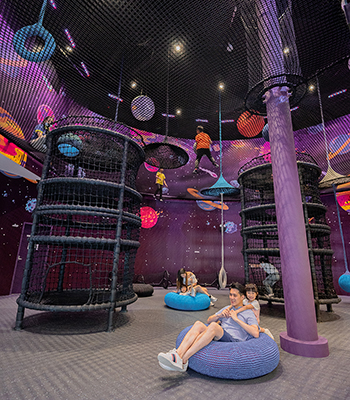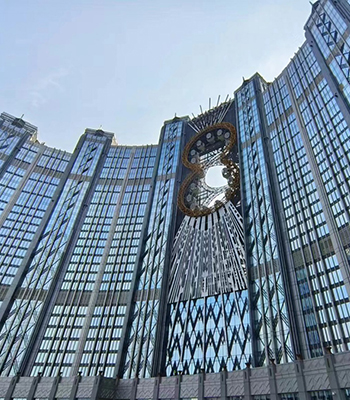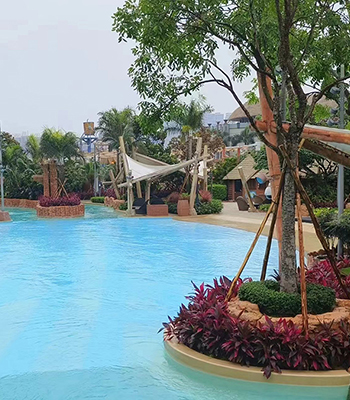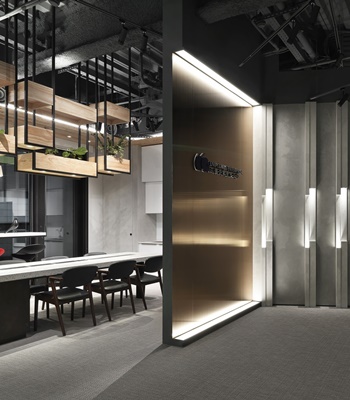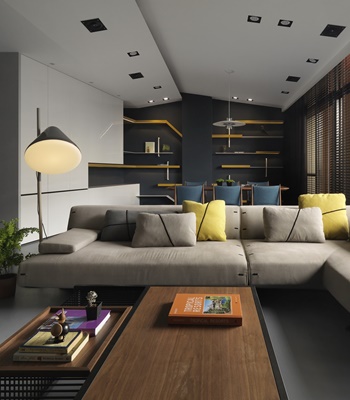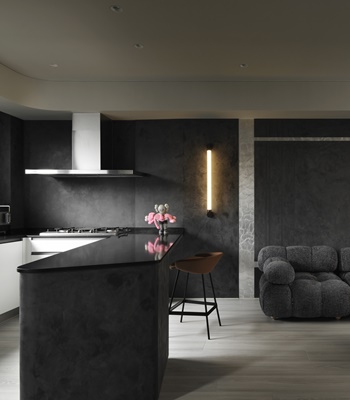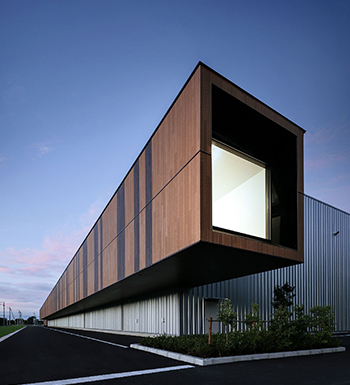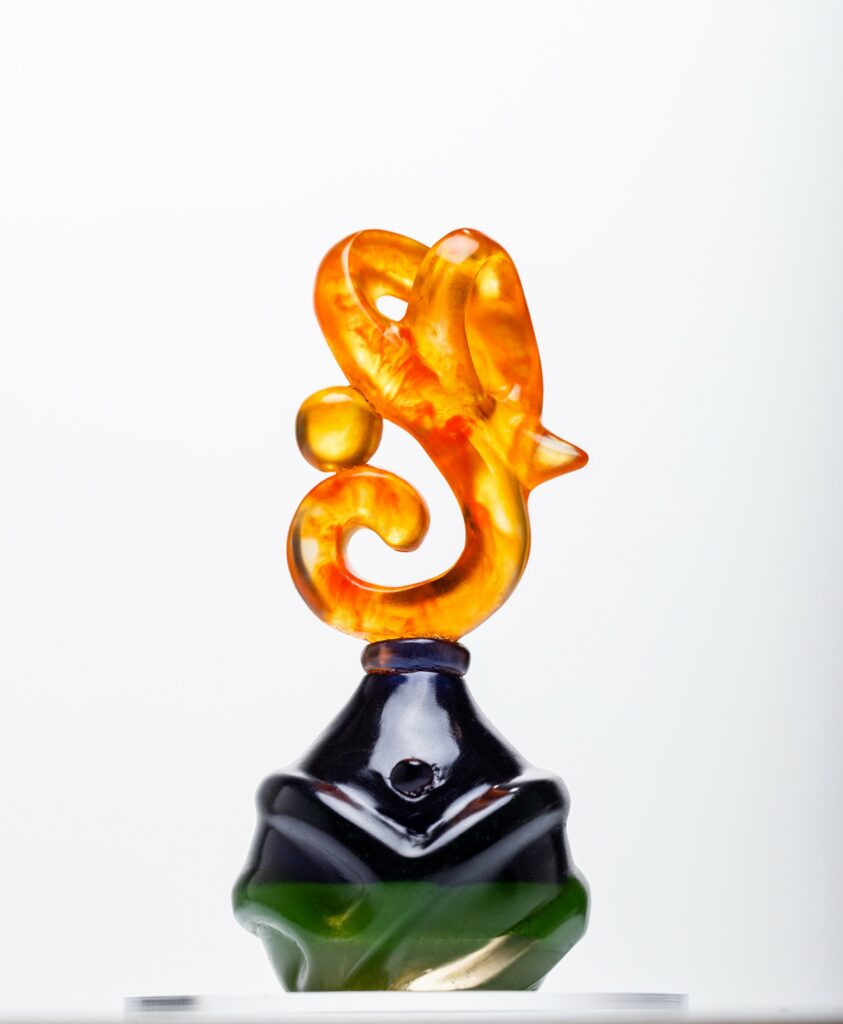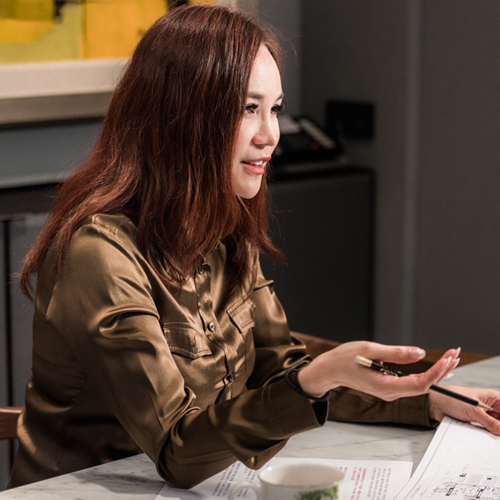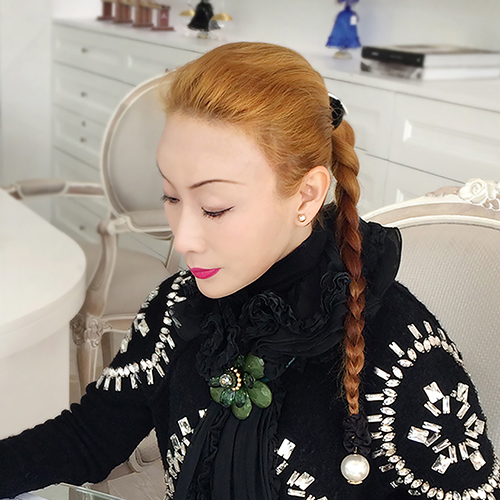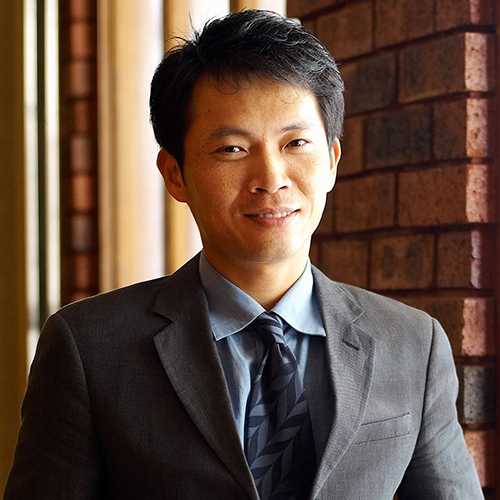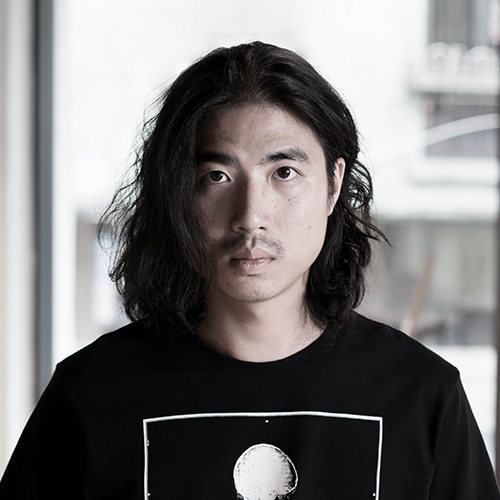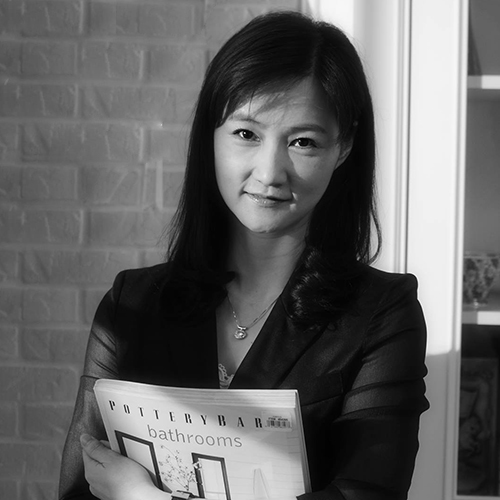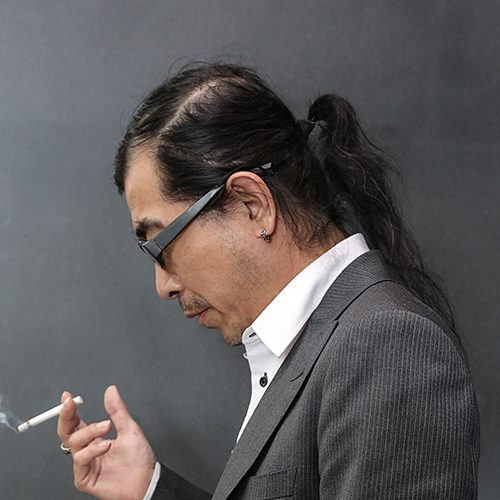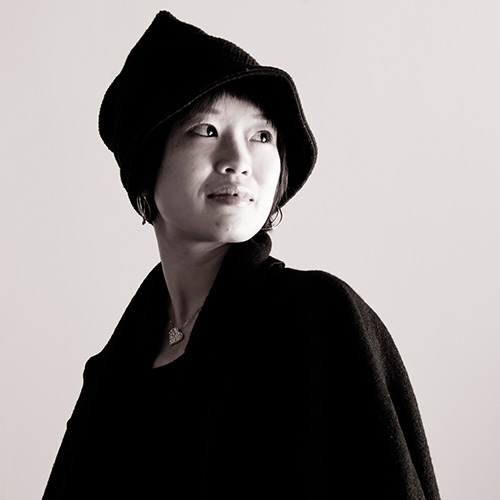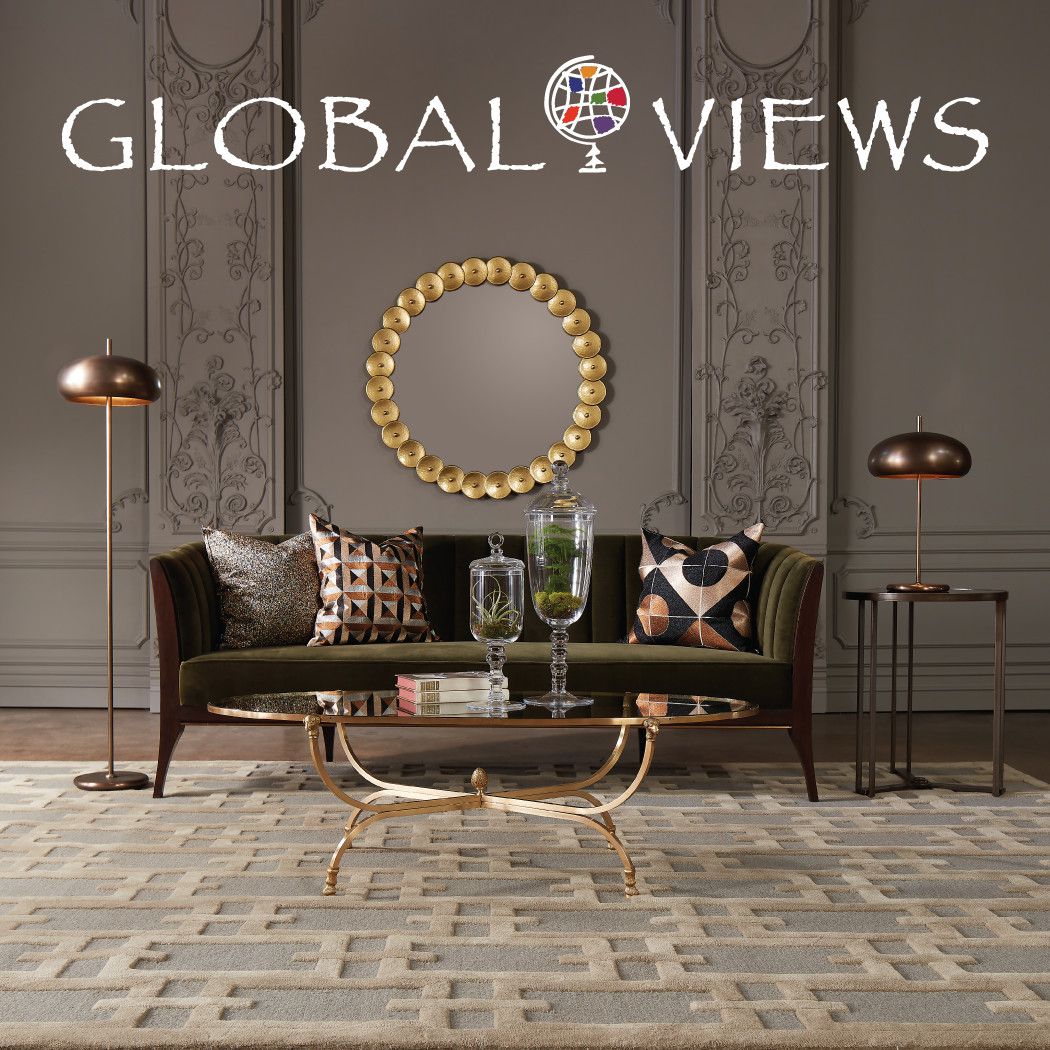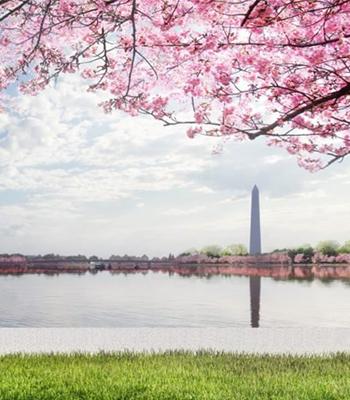
Tidal Basin的未來藍圖:自然與歷史如何共存
位在美國華盛頓特區的人工水庫潮汐湖是許多國家標誌性紀念碑的所在地,然而因為建設老舊,目前的狀況並不算太好-因為設備老舊,部分海提設施開始脫落,此外,一天也會淹兩次水。如今,國家歷史維護國民信託(the National Trust for Historic Preservation)、國家廣場信託(the Trust for the National Mall)、美國國家公園管理局(the National Park Service)、SOMM建築設計事務所(Skidmore, Owings & Merrill)以及美國運通(American Express)攜手合作,成立「潮汐湖創意研究室(the Tidal Basin Ideas Lab )」,希望能透過設計解決問題。研究室成立後即邀請五間頗負盛名的景觀設計事務所——DLANDstudio, GGN, James Corner Field Operations, Hood Design Studio, and Reed Hilderbrand——共同如何保存並重新創造出潮汐湖可能的未來景觀,包括周邊的傑佛遜、金恩博士、羅斯福紀念堂等,以及湖畔3000棵櫻花林。
Home to some of the nation’s most iconic monuments, Washington, D.C.’s Tidal Basin—the man-made reservoir adjacent to the National Mall—currently suffers from crumbling seawall infrastructure and twice-daily flooding. Today the National Trust for Historic Preservation; the Trust for the National Mall; the National Park Service; Skidmore, Owings & Merrill; and American Express unveiled the Tidal Basin Ideas Lab to address these issues through design. The Lab has engaged five renowned American landscape firms—DLANDstudio, GGN, James Corner Field Operations, Hood Design Studio, and Reed Hilderbrand—to create proposals to protect and reimagine the site, which includes memorials to Thomas Jefferson, Martin Luther King Jr., and Franklin Delano Roosevelt, as well as 3,000 cherry trees whose blooms are celebrated each year.
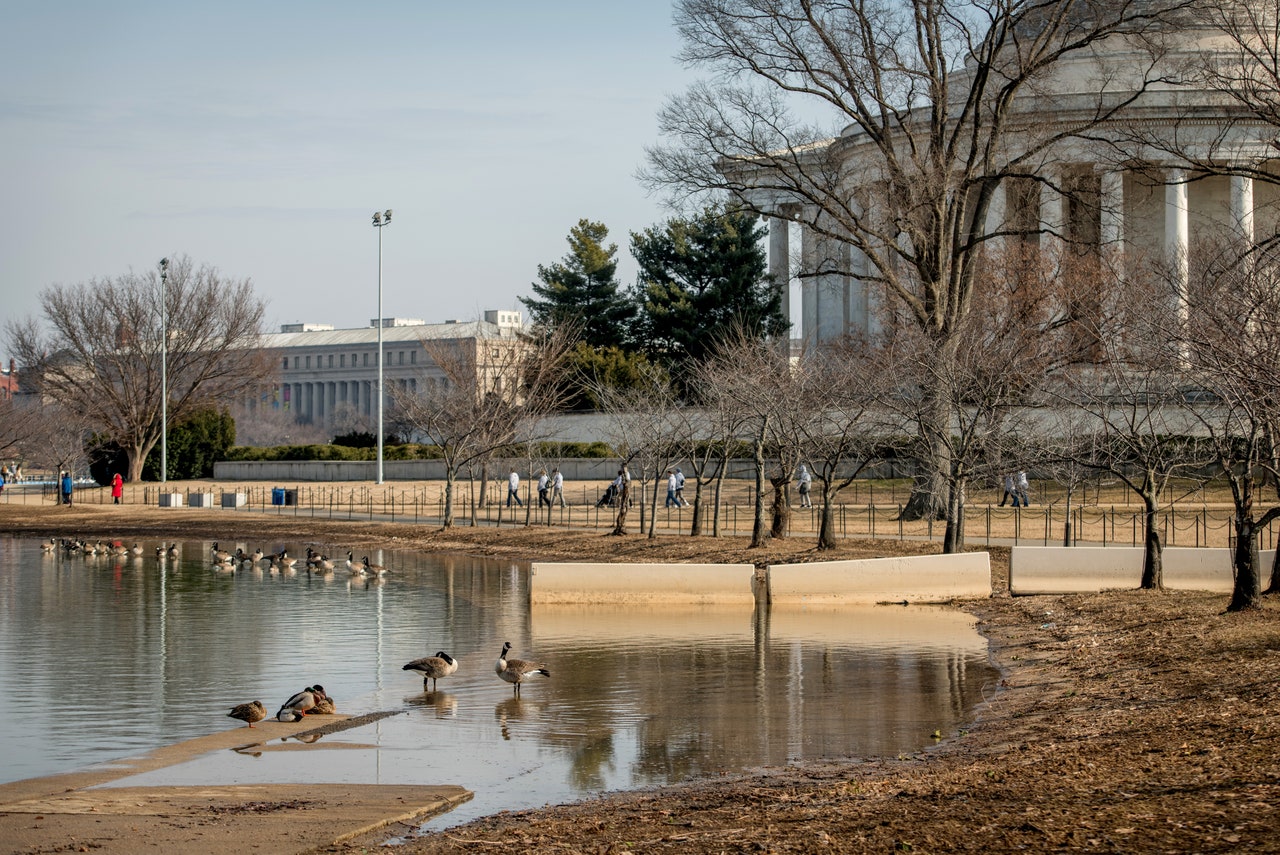
潮汐湖現況
「國家廣場每年有超過三千六百萬的訪客,是國內最受歡迎的國家公園」凱瑟琳・湯森(Catherine Townsend),國家廣場信託的總裁和CEO說到。創意研究室將五項提案公布在網站上,以線上策展的形式,讓人們可以參觀並給出反饋意見,畢竟潮汐湖又被稱為「美國的前院」,是一個真正的「國民景點」。五項提案不僅考慮到了目前潮汐湖亟欲要解決的硬體設施問題,更是將氣候變遷、觀光資源、以及公園的使用納入考量,並對潮汐湖未來的藍圖提出規劃,再由線上策展人唐納德·阿爾布雷希特(Donald Albrecht)和湯瑪斯·梅林斯 (Thomas Mellins)呈現。
“With over 36 million visits annually, the National Mall is the most visited national park in the country,” says Catherine Townsend, president and CEO of its trust. Accessible online, the Ideas Lab is an exhibition that allows the public to give feedback on the five design schemes for the adjacent basin, known as “America’s front yard.” Addressing the apparent immediate needs of the Tidal Basin and considering climate change, visitorship, and use of the basin’s park, the proposals offer diverse solutions for its future, presented digitally by curators Donald Albrecht and Thomas Mellins with the historical narratives that informed them.

潮汐湖現況,每年櫻花盛開會吸引成千上萬的觀光客前來賞花。
最強調潮汐湖歷史背景的提案來自麻薩諸薩省的Reed Hilderbrand事務所。遵循1920年代的麥克米倫計畫創建「華盛頓特區」的想法,該事務所使用了一種靈活但漸進的方式來保護流域,在保護地貌免受日常洪水侵襲的同時,亦設計了一系列開放式的草坪、環形通道,以及全新的櫻花林,增加民眾可使用的休憩空間。
The proposal perhaps most directly adhering to history is that of Cambridge, Massachusetts–based Reed Hilderbrand. Following the 1902 McMillan Plan’s idea of creating a “Washington Common,” the team took a flexible, yet nonradical approach to preserving the basin, proposing landforms to protect it from daily flooding as well as a series of open lawns, circling pathways, and new cherry groves to allow for additional recreation on-site.
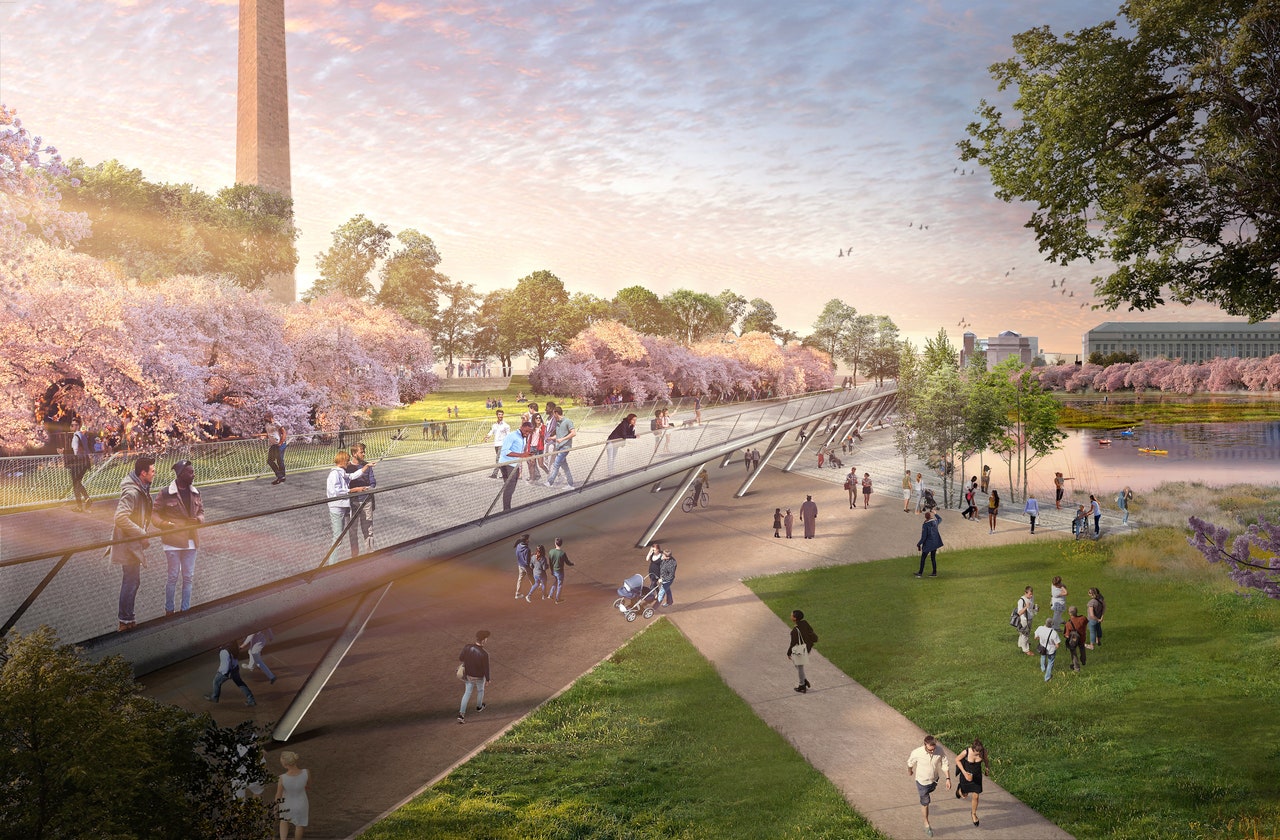
Reed Hilderbrand事務所模擬圖
同樣地,總部位於總部位於布魯克林的DLANDstudio則提出了從傑弗遜紀念館一路連接到白宮的陸橋,但採用了分段計畫,透過建設碼頭、堰和護堤保護海岸線。
Brooklyn-based DLANDstudio, similarly, proposes a land bridge from the Jefferson Memorial to the White House, but takes its phased solution to protecting the shoreline directly into the water via a jetty, weir, and berm.
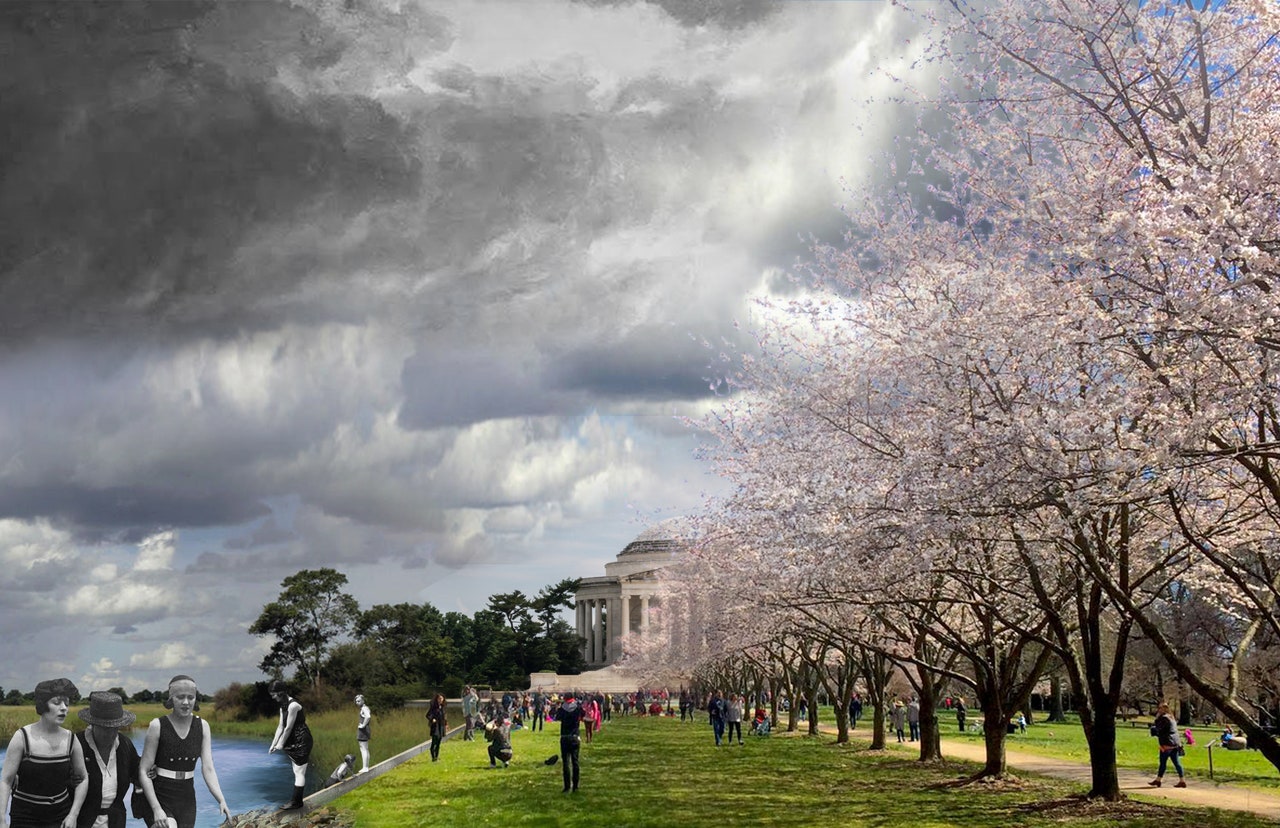
DLANDstudio模擬圖
來自西雅圖的GGN事務所則提出了一個三階段長期方案,依照時間規劃可在2090年正式完工。該計畫將整個潮汐湖流域視為一個「生態整體」,建議種植洪氾區森林、潮汐沼澤和鋪設木板路,並引入天然開花樹木作為自然遏制洪水的長期解決方案。
Seattle-based GGN’s approach is gradual, allowing for bureaucratic project approval timelines in a plan that would be achieved in three stages until 2090. Looking at the basin as an “ecological whole,” says founding partner Kathryn Gustafson, the firm recommends new floodplain forests, tidal marshes and boardwalks, and the introduction of native flowering trees as solutions to naturally curb flooding and allow generational evolution of the site.
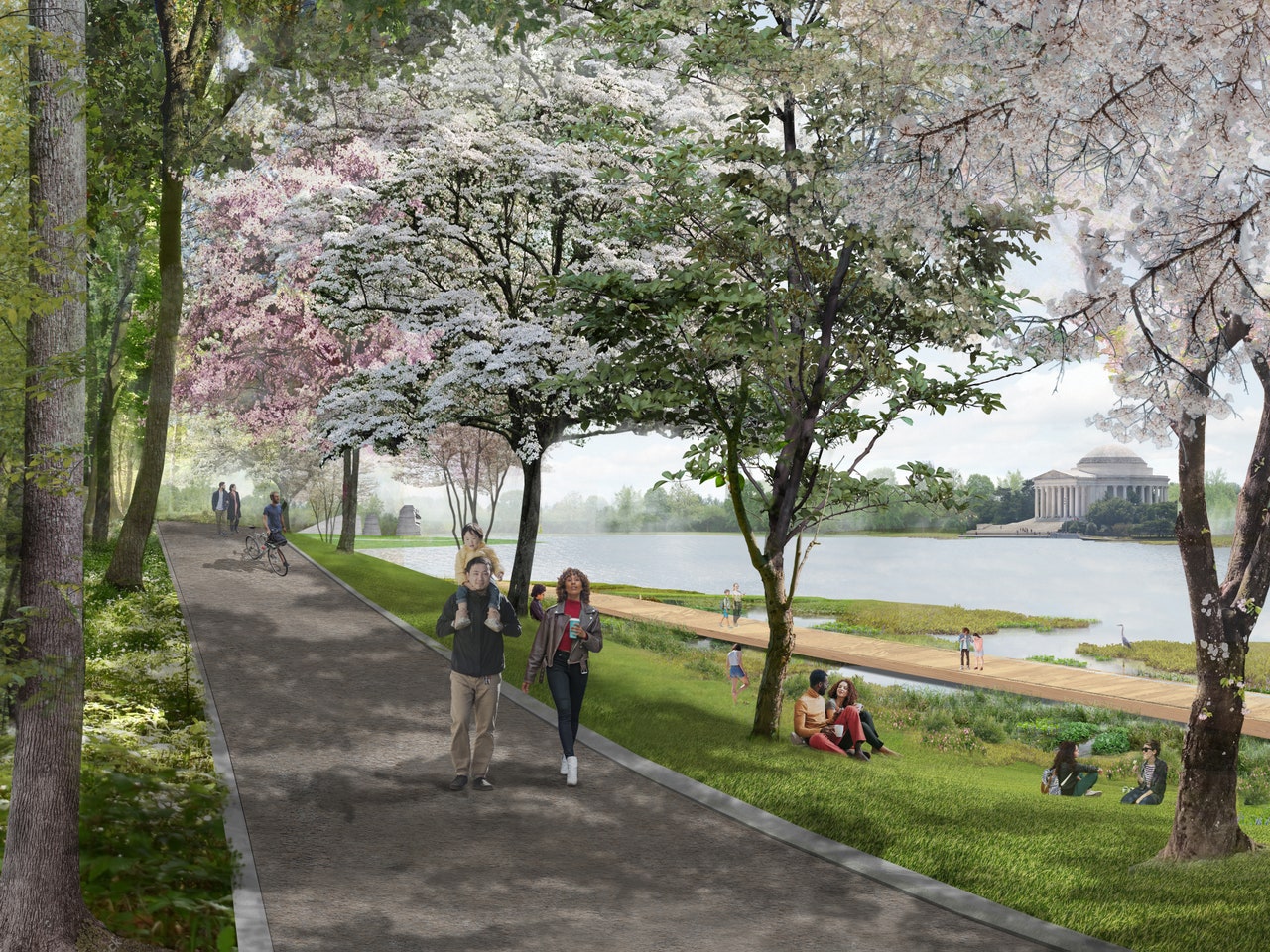
GGN事務所模擬圖
同樣從生態角度切入,James Corner Field Operations提出了三種緩解水位上升的方案:興建土方石堤防,以保護目前的狀態;一個較為極端的方案,讓自然接管此地,放任生長,讓自然與自然對抗;以及一種中間方式,劃定天然洪氾區以保護周邊的紀念堂。
Also with ecology in mind, James Corner Field Operations sets forth three future scenarios to mitigate rising waters: an earthwork levee to protect the site in its current state, an entropic solution in which nature takes over the site, and a middle way that protects the monuments as garden islands within this natural floodplain.
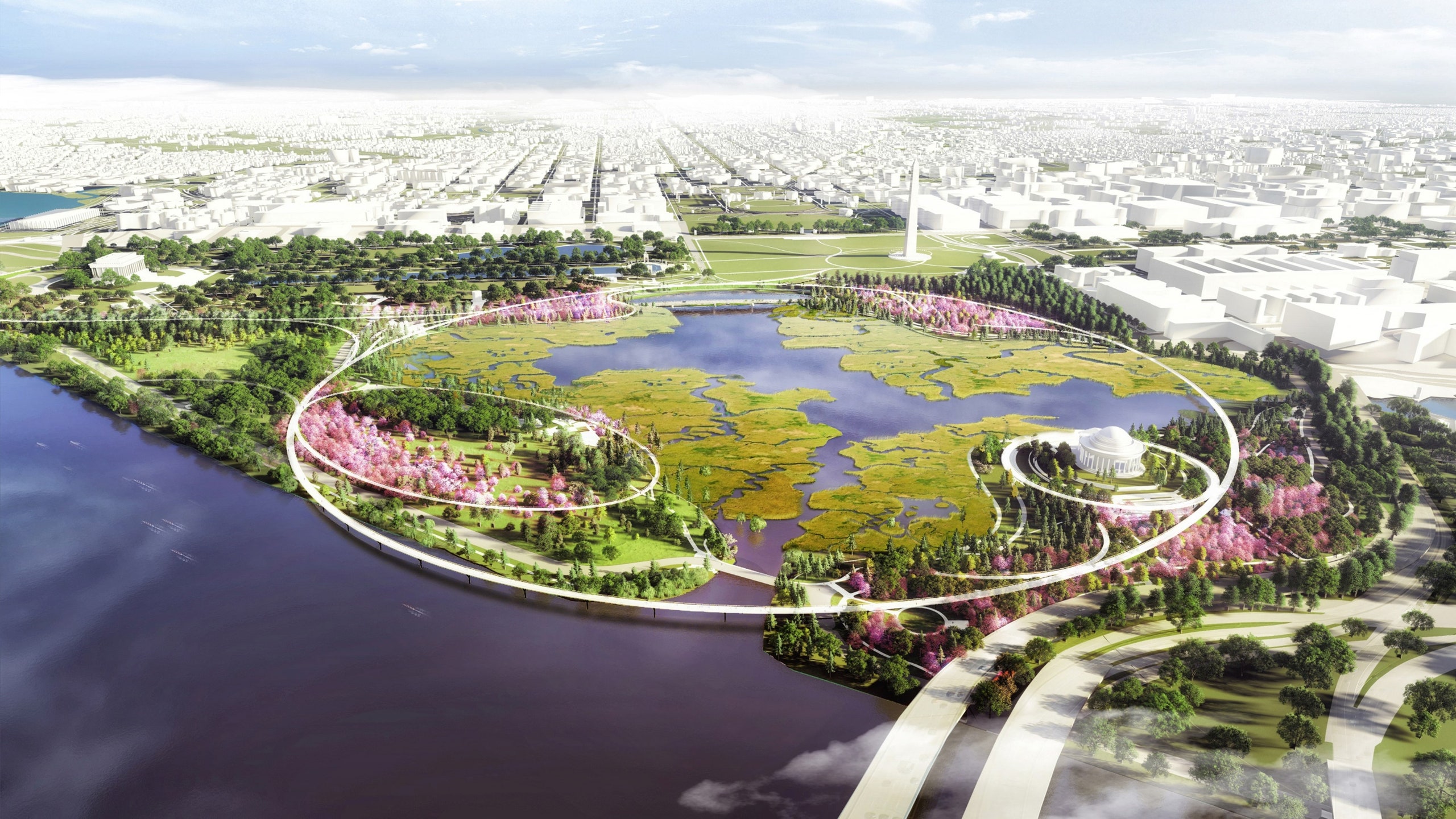
James Corner Field Operations模擬圖
相反地,總部位於加州奧克蘭的胡德設計(Hood Design Studio)工作室採取了社會學的方式來面對這個挑戰,把握這個機會重建都市生態,並擁抱潮汐湖地區的過去。計畫總共有三個主軸:「道出真相(Tell the Truth)」、「發明:創造新生(Invention: Making New Things)」以及「回歸自由的水(Let the Waters Be Free)」,用真實的歷史敘事代替了浪漫的童話,傳達恆心、韌性和原住民族的精神。胡德提出了永續發展的未來和屬於這個經典景觀的全新敘事。
Walter Hood of Oakland, California–based Hood Design Studio instead takes a social approach to the site’s challenges, envisioning the Tidal Basin as an opportunity to rebuild an urban ecology through remembrance of its past. Three “anthems” guide this new Tidal Basin: “Tell the Truth!,” “Invention: Making New Things,” and “Let the Waters Be Free.” All replace romantic narratives with true stories of perseverance, resilience, and the values of these wetlands held by indigenous and enslaved peoples. Exploring passive and active technologies, Hood proposes a sustainable future and a new story of the iconic landscape.
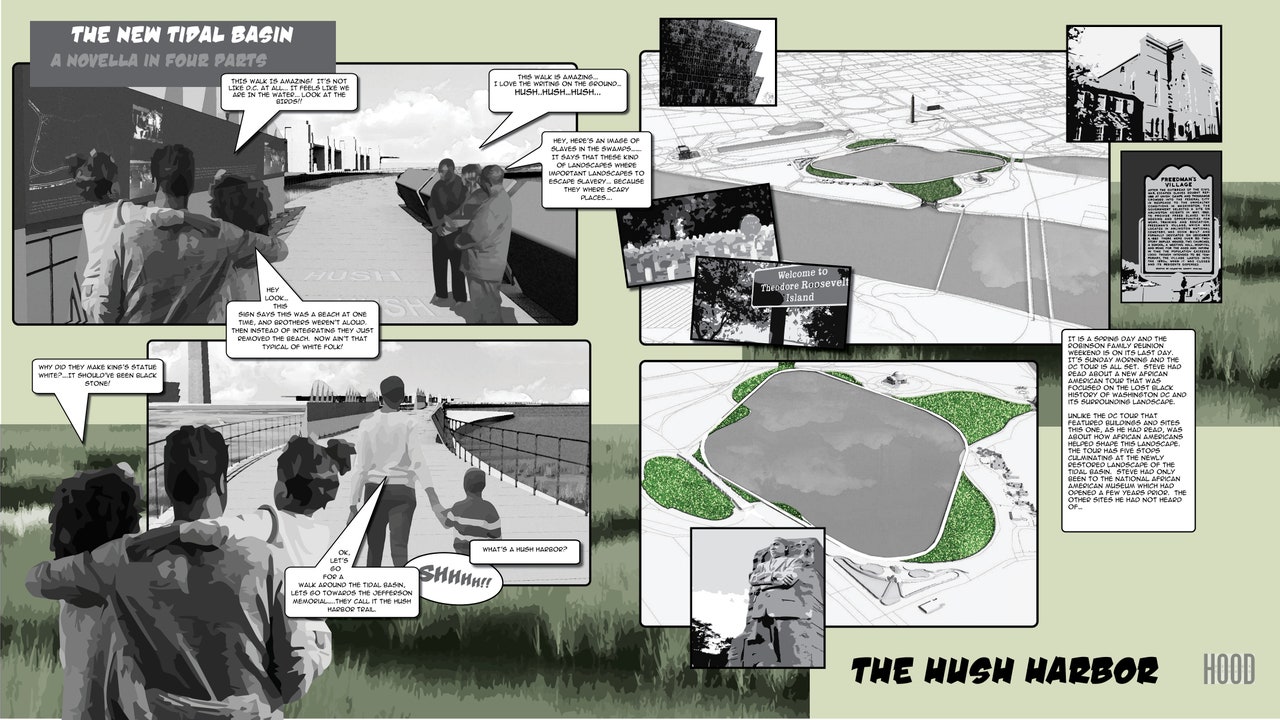
Hood Design Studio模擬圖
公眾對這五項提案進行表態及建議的同時,決策團隊可能採用其中一項提案、不採用任何一項,或者部分採用。從目前的提案看來,胡德所強調的核心價值是最有可能被採納的:這項計畫的歷史意義可能非常的重大,因為我們對於鄰近重要歷史建物的水域景觀設計方法有可能從此被改變,「景觀是人與環境之間的橋樑,好的景觀設計能說出非常強而有力的故事。」
As the public weighs in on the five proposals, the stakeholder team may adopt one, none, or parts of several of the solutions set forth by the design teams. What Hood emphasizes is likely to come into play: The historical significance of this project could be vast if it leads to a national change in approach to waterside green space when it abuts some of our most treasured structures. “Landscape is a medium of exchange between humans and the environment,” he explains. “It can tell a very powerful story.”
Words: Elizabeth Fazzare
Photography: Sam Kittner, Taylor McIntyre, Reed Hilderbrand with DesignDistill, DLANDstudio, GGN, Hood Design Studio, James Corner Field Operations
Source: Architectural Digest
國際獎項報名代辦專線:02-2799-7723

